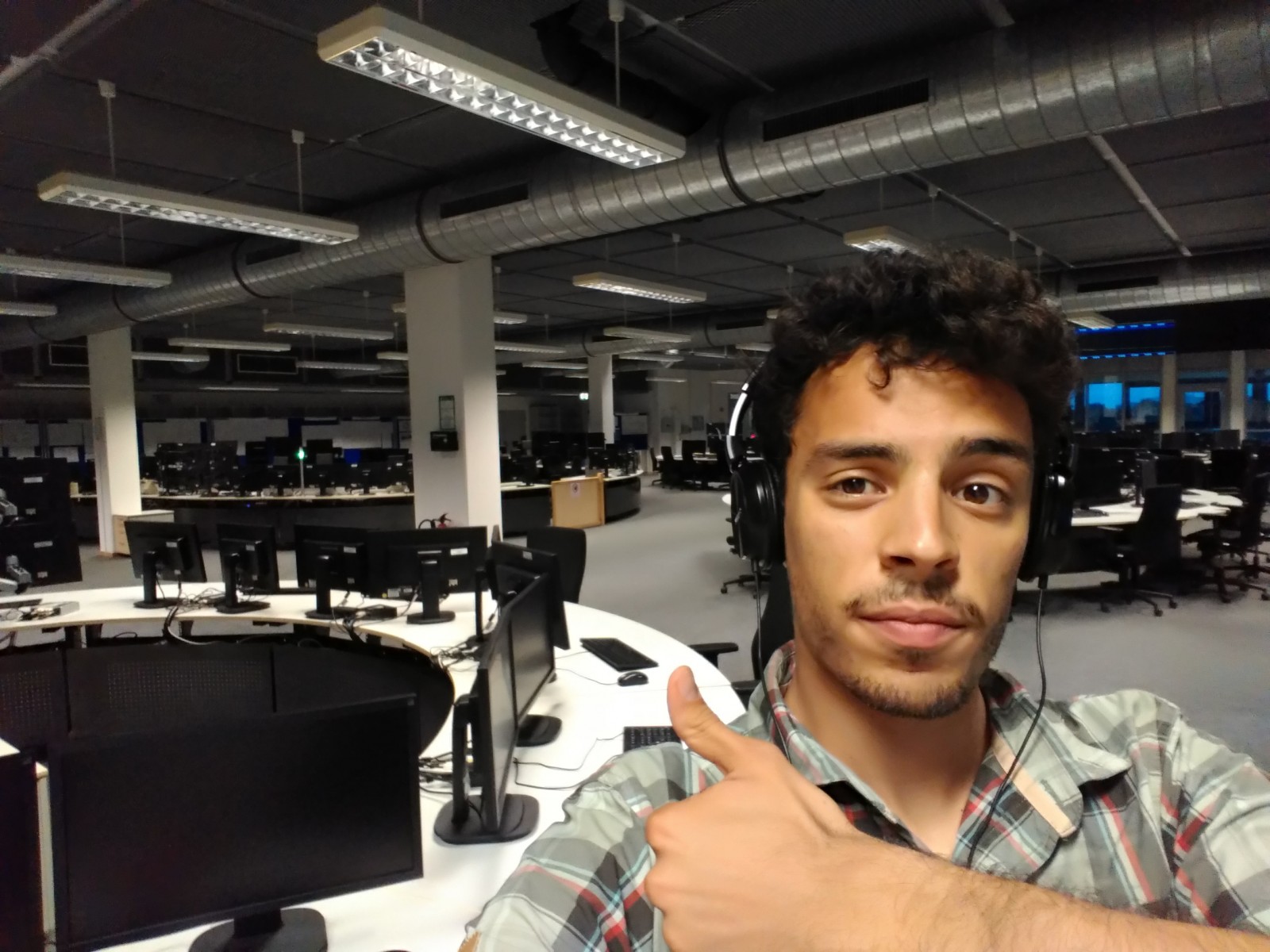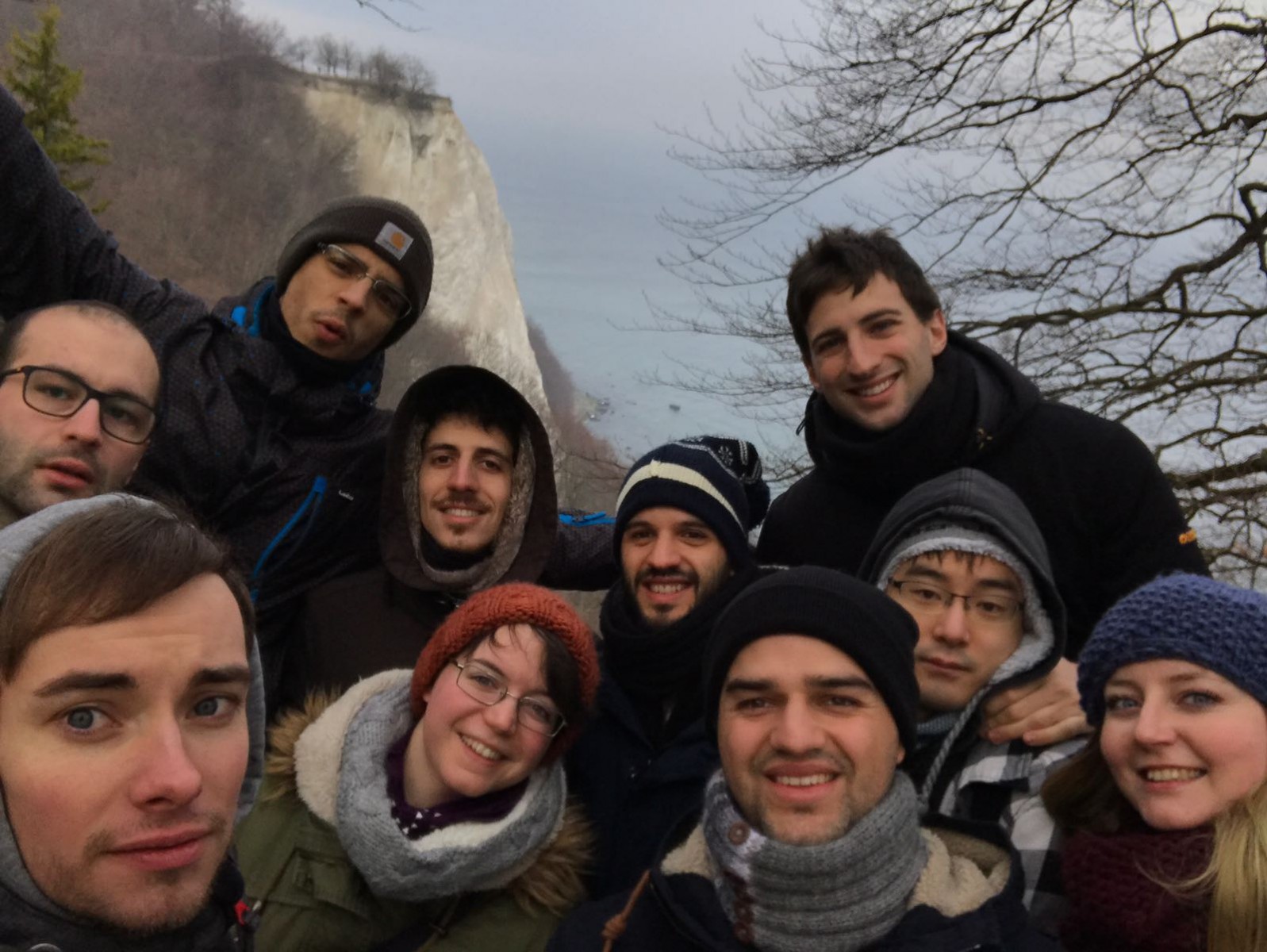Reported by Andrea Tancetti. Powered by FuseNet
I learnt about thermonuclear fusion when I purchased the Italian edition of “Scientific American”, namely “Le Scienze”, which featured a detailed cross-section of a very fascinating doughnut-shaped machine called ITER. Above the picture, in capital letters, one could read: “What lacks to achieve Fusion?”.
Once I realized what this project was about, I thus decided to join the international team of engineers and physicists, trying to figure out an answer to this question.

Thumbs up: in 2-D it's reverse
My task in IPP mainly consisted in surveying a general feature of turbulence in two-dimensional plasma, i.e. the cascade of energy from smaller to larger eddies and of enstrophy from larger to smaller ones, defined “inverse cascade” to distinguish the phenomenon from the 3D “direct cascades”, occurring in opposite directions.
The phenomenon has already been studied in the 50’s for neutral fluids and subsequently investigated in plasma physics: in this compound, it could supply an explanation of the production of zonal flows from turbulent fluctuations in tokamaks and stellarators.
For my project, starting from the gyrokinetic theory, I developed a simple analytical model for electron-scale turbulence in magnetized plasma which differed from the existing bibliography in terms of the introduction of the magnetic field. Applying a statistical approach to my equations and analyzing the spectral density of the electromagnetic field energy, a condensation of field energy at large scales was observed, actually indicating a possible connection between micro-turbulence and zonal flows.
Nonetheless, the project still has many more possibilities to explore; one could make the calculation considering a more general profile for the magnetic field perturbation in order to gain a more complete insight of the turbulence dynamics. Additionally, the ion-scale turbulence regime is still a completely different field to investigate!
Despite my engineering background, since I entered the realm of plasma physics I was immediately enchanted by plasma theory especially as it is applied to thermonuclear fusion. It is a field which combines a huge variety of theoretical research topics and a wonderful, ambitious technical goal. It has been a challenging but definitely fruitful experience, discovering the mathematics and physics behind turbulence, and the tools to describe this intricate phenomenon in plasmas, i.e. the gyrokinetic theory. I had the opportunity to peek inside the world of theoretical research and got to know it better.

IPP stands for Incredibly Precious People
But even more than for my growth in physics, I am so grateful for this experience because it brought me in an international and highly stimulating environment, inside and outside IPP. I had the pleasure to meet many smart, amusing, interesting, friendly and inspiring people. The discussions with my colleagues taught me to always keep a humble and critical spirit, in every situation and topic. I want to thank them all very much for theire friendly and welcoming behaviour since the very beginning of my internship. They always made me feel as a member of the team. In particular, I would like to thank Prof. Dr. Per Helander, who allowed me to enjoy such an awesome opportunity of growth.
After such a significant experience in Greifswald, both on a personal and scientific level, I wish to thank FuseNet for its support in reaching my goal.
